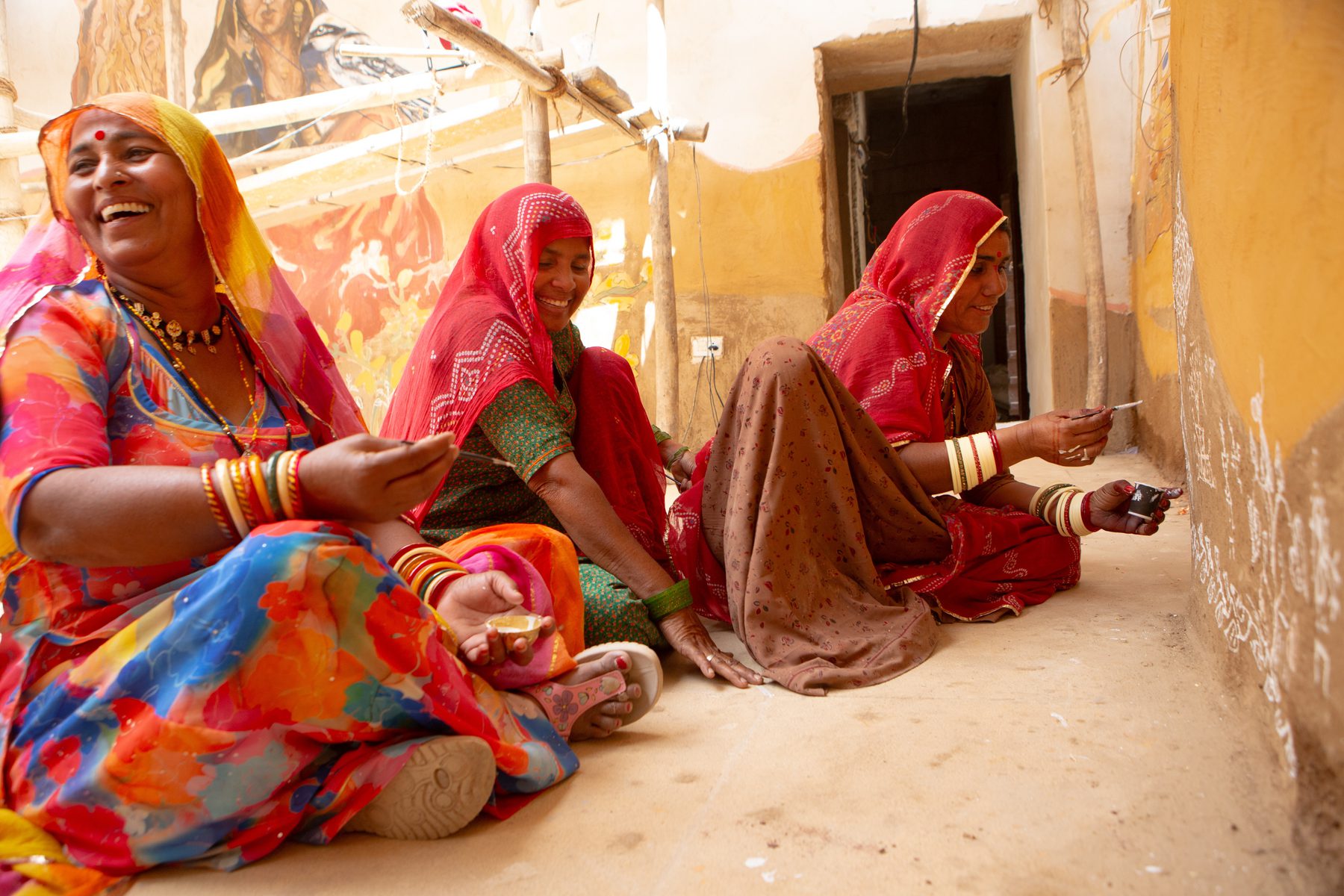
In the heart of a sacred grove in the Thar Desert in Rajasthan, India, is an 800-year-old well, a beri. The local community belonging to the Meghwal, Bhil, Meena, and Rabari tribes have long cultivated sophisticated water harvesting practices drawing from deep knowledge of the land and its geology to sustain people and livestock in this region. Until recently, the well in Samwata village had gone untouched for more than three decades. As the water level had fallen considerably over the years, locals began to depend on (often unreliable) water shipments. It wasn’t until the community came together to paint a mural honoring the grove that they made an unexpected discovery.
Earlier this year, the Fearless Collective had invited the women of Samwata to change the narrative of the desert as a sparse, scarce wasteland, to one that is abundant by co-creating a large-scale mural within the 800-year-old Jaisalmer Fort. Founded in 2012 by artist and activist Shilo Shiv Suleman, the Fearless Collective is a global art collaborative that sees public art as an act of resistance and an opportunity to counter fear with abundance, love, and beauty.
When Rajasthan saw a record-breaking heat wave, the community revisited the well and discovered that the water was still potable, even if the water level had significantly fallen. Working together with the Fearless Collective, the community was able to raise enough funding to clean and restore the well, which went on to provide enough water for thousands of local people and livestock. Desert ecosystems are predicted to be one of the most vulnerable to the escalating impacts of the climate crisis. Reviving ancient wells, beris, helps make the region resilient and self-sufficient in the face of ever-worsening heat waves in the years to come.
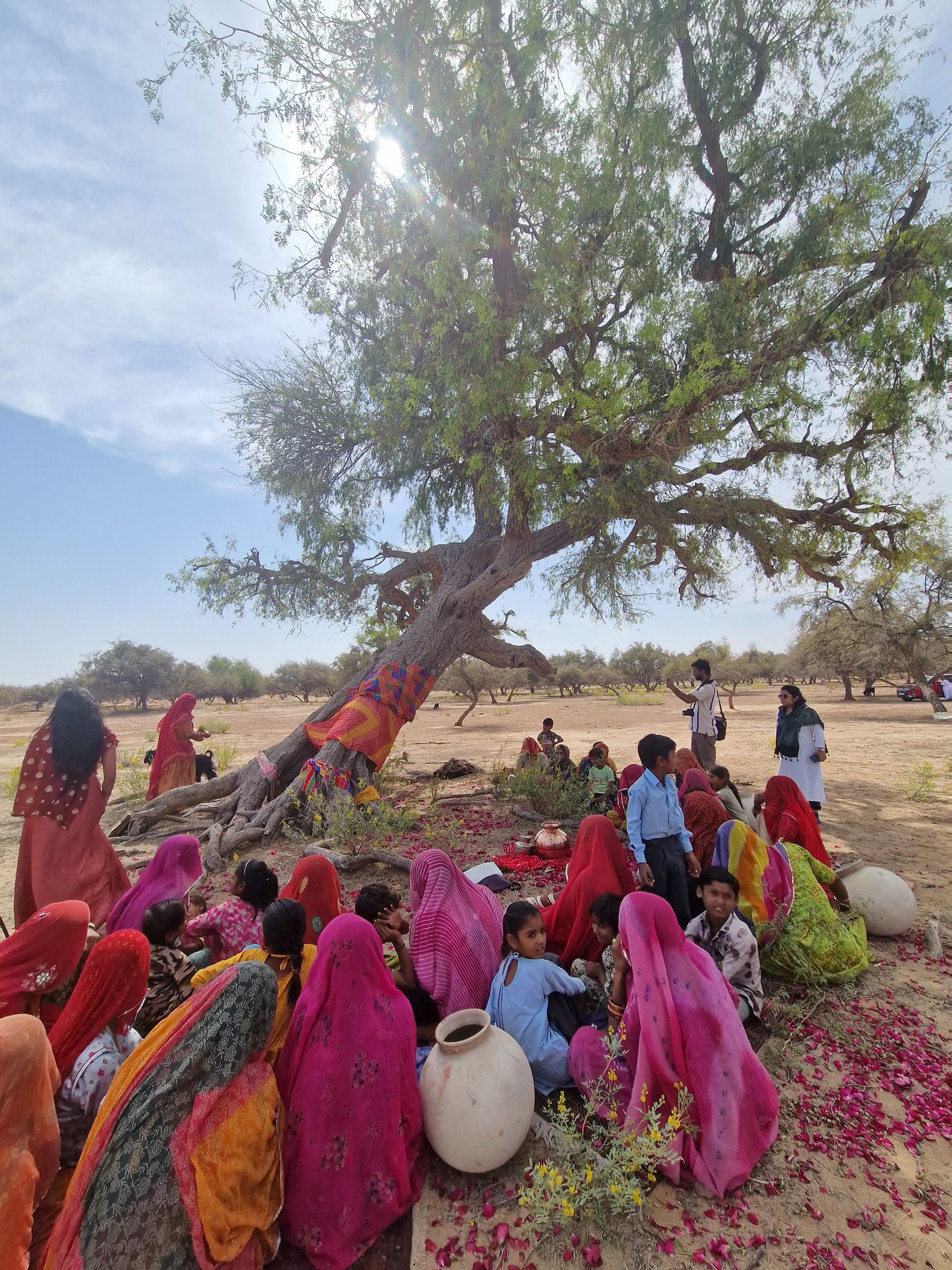
Working across the Global South, Fearless Collective seeks to create art that is participatory and transformative, engaging communities that have been historically marginalized or misrepresented to express their stories, identities, and visions for a just world. While public conversations about climate action can be jargon-heavy and inaccessible, Fearless Collective’s work uses creative collaboration to invite participation and spark action. Waverley Street spoke with Shilo Shiv Suleman to learn more about Fearless Collective and its work in Rajasthan.
Waverley: Could you please describe your background as an artist and what brought you to this work?
Suleman: I started painting when I was very young, at a moment of tremendous fear in my own life, when I was around 13 years old. Just when [my career was] really taking off, a 21 year old girl was gang raped on the streets of Delhi, and I went to my first ever protest. I felt this incredible wave of rage and power, and at that moment, it felt as if I couldn't start to dream about a future if we hadn't reconciled with the wounding of our past.
I often say that Fearless began as a flood, because it began as a flood of hundreds of women across India and the world using visual art to be able to represent their own stories and reclaim their own bodies. [When Fearless launched, we created] hundreds of digital posters around fearlessness. We were reclaiming our abilities to tell our own stories, and we were also bringing a kind of radical hope and love at the center of the movement. Over the course of the last 10 years, our work, fundamentally, is to turn up at moments of fear and use art as a way to shift imaginations and create visions of that safe and sacred future that we want to inhabit.
800
year-old well
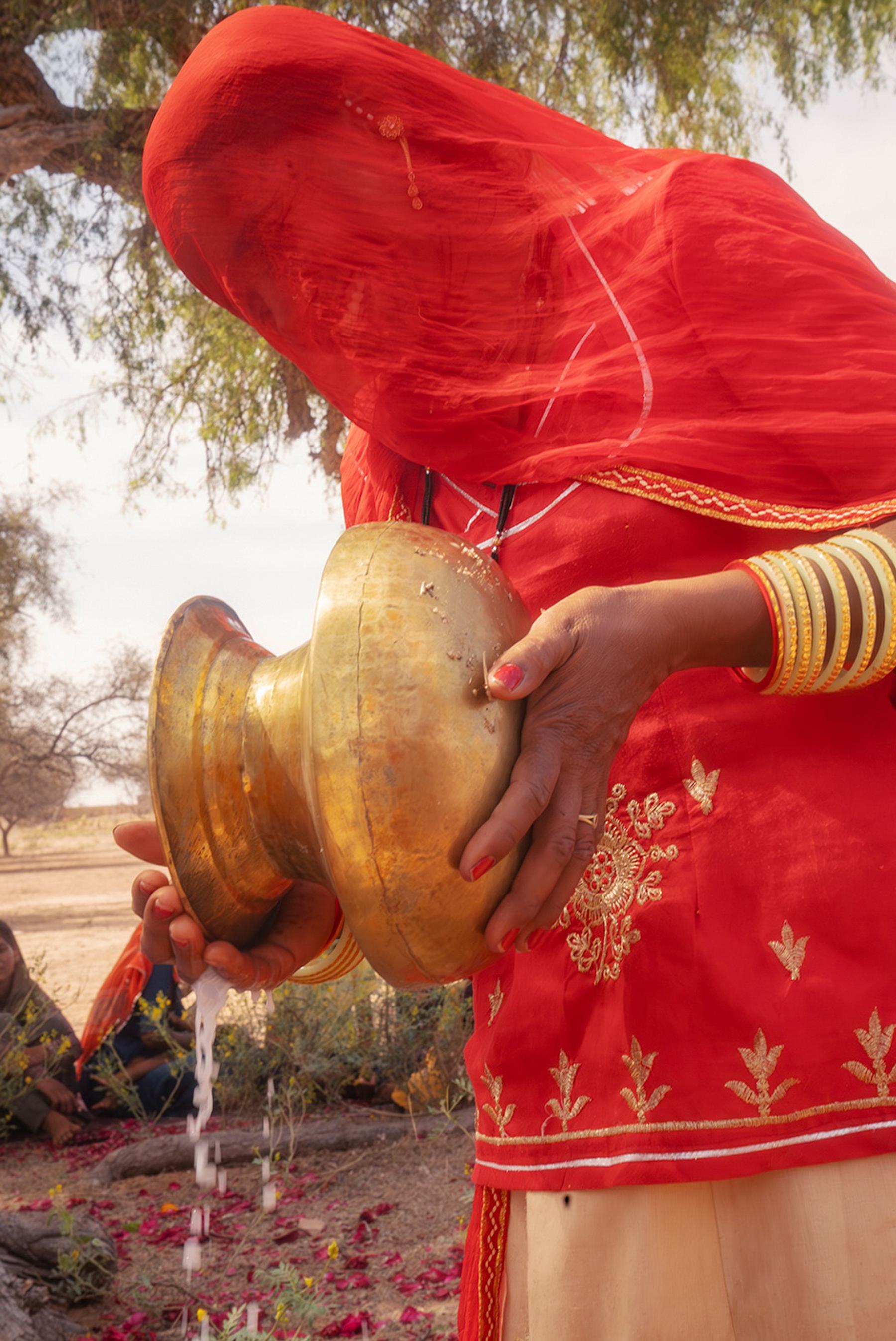
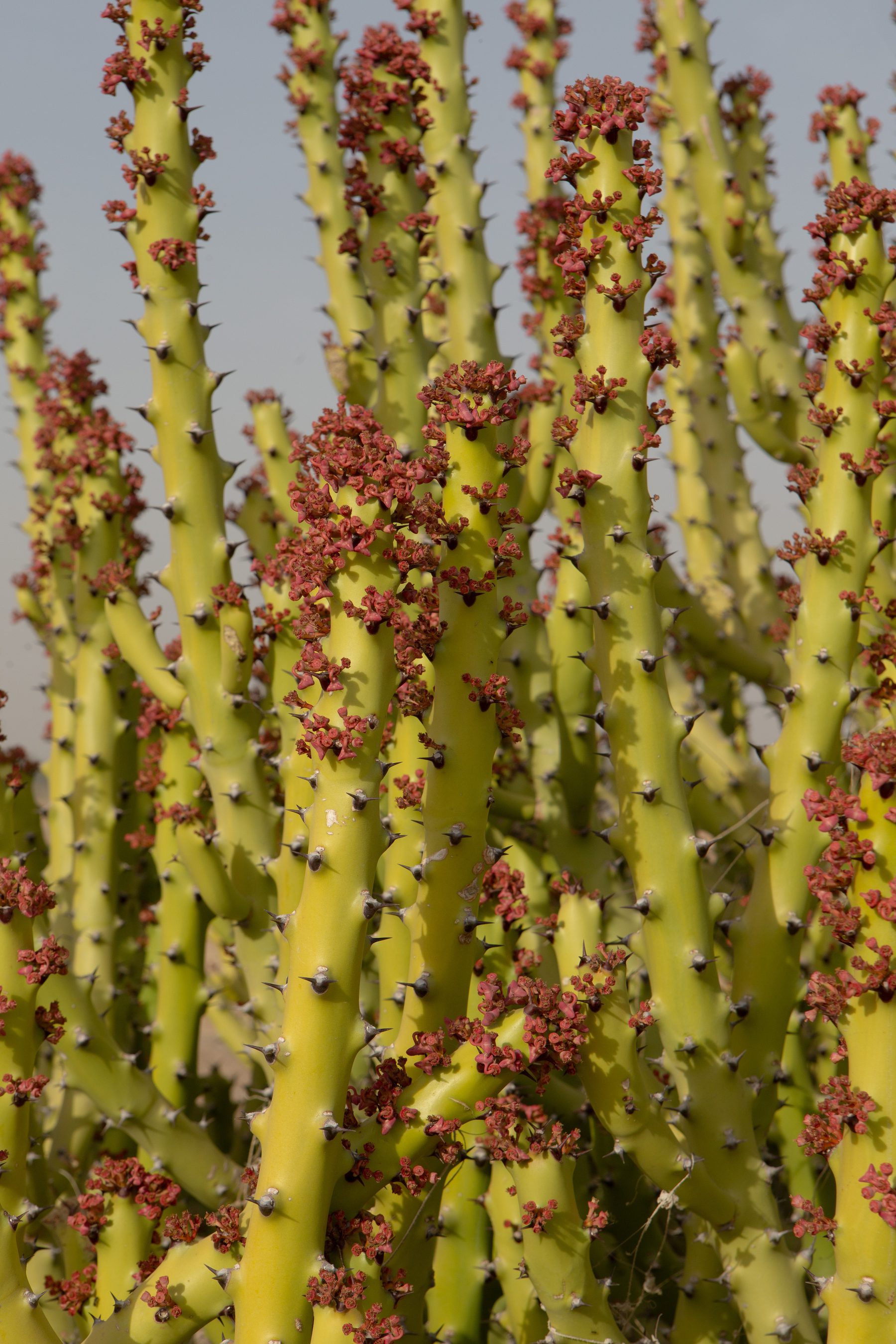
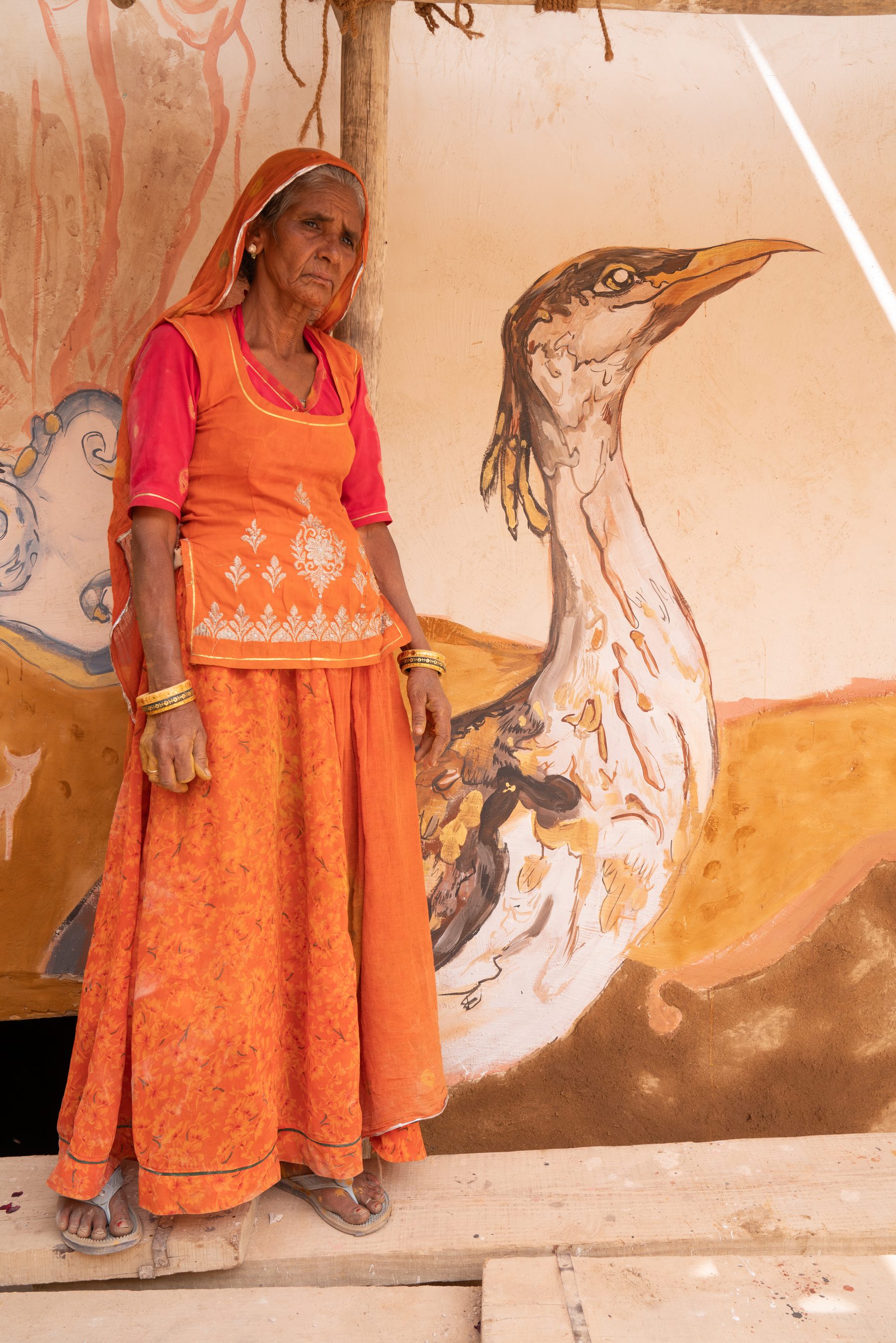
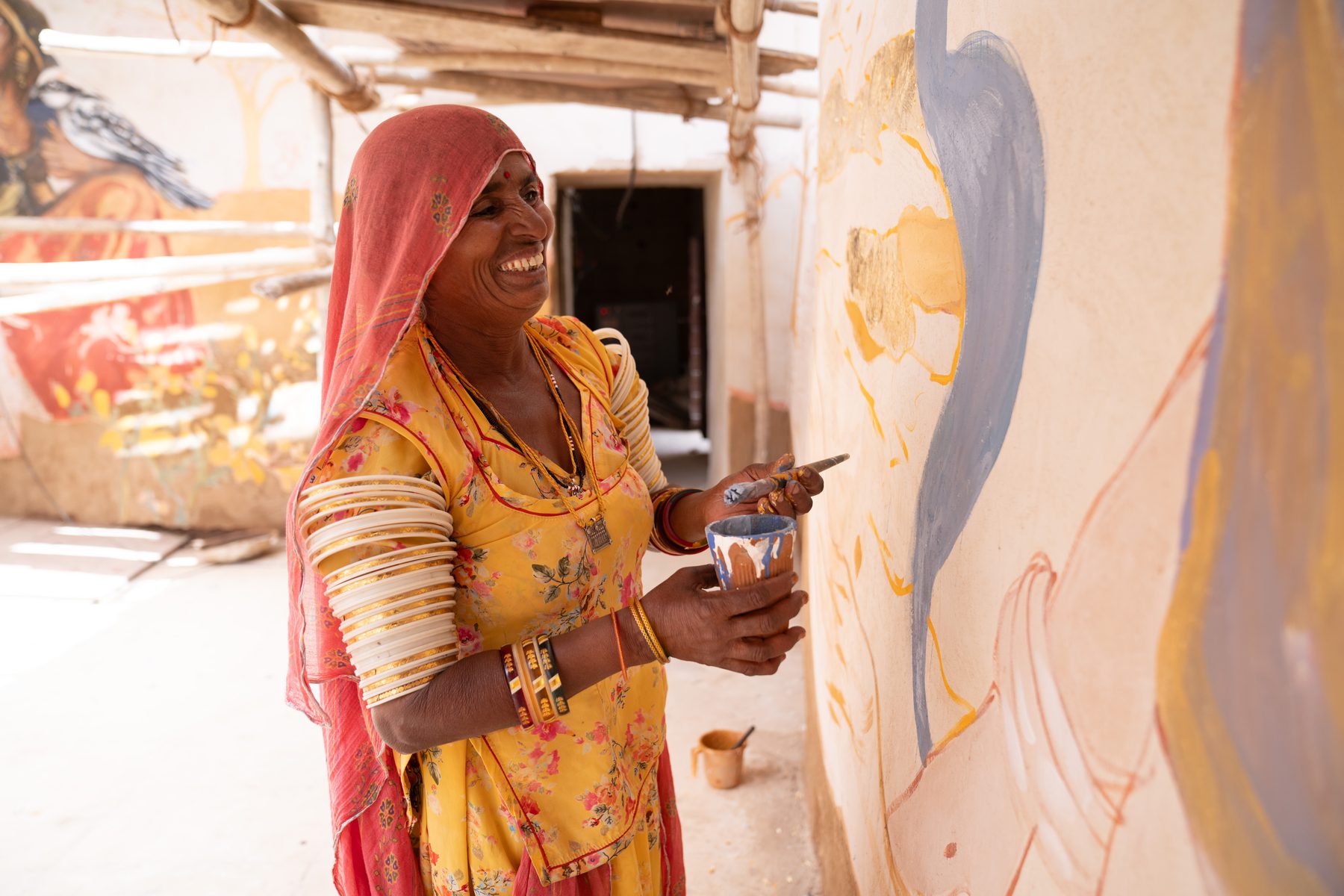
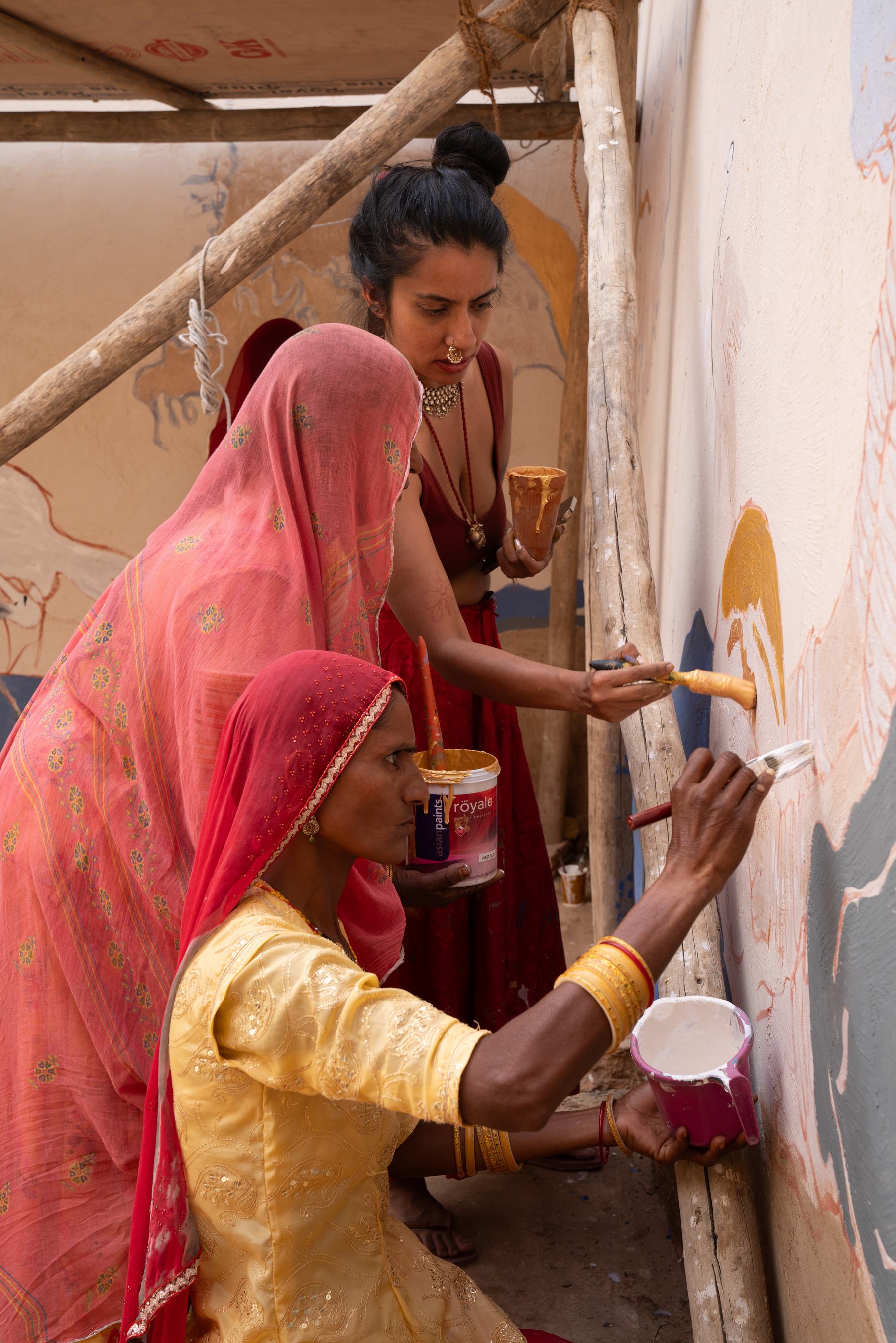
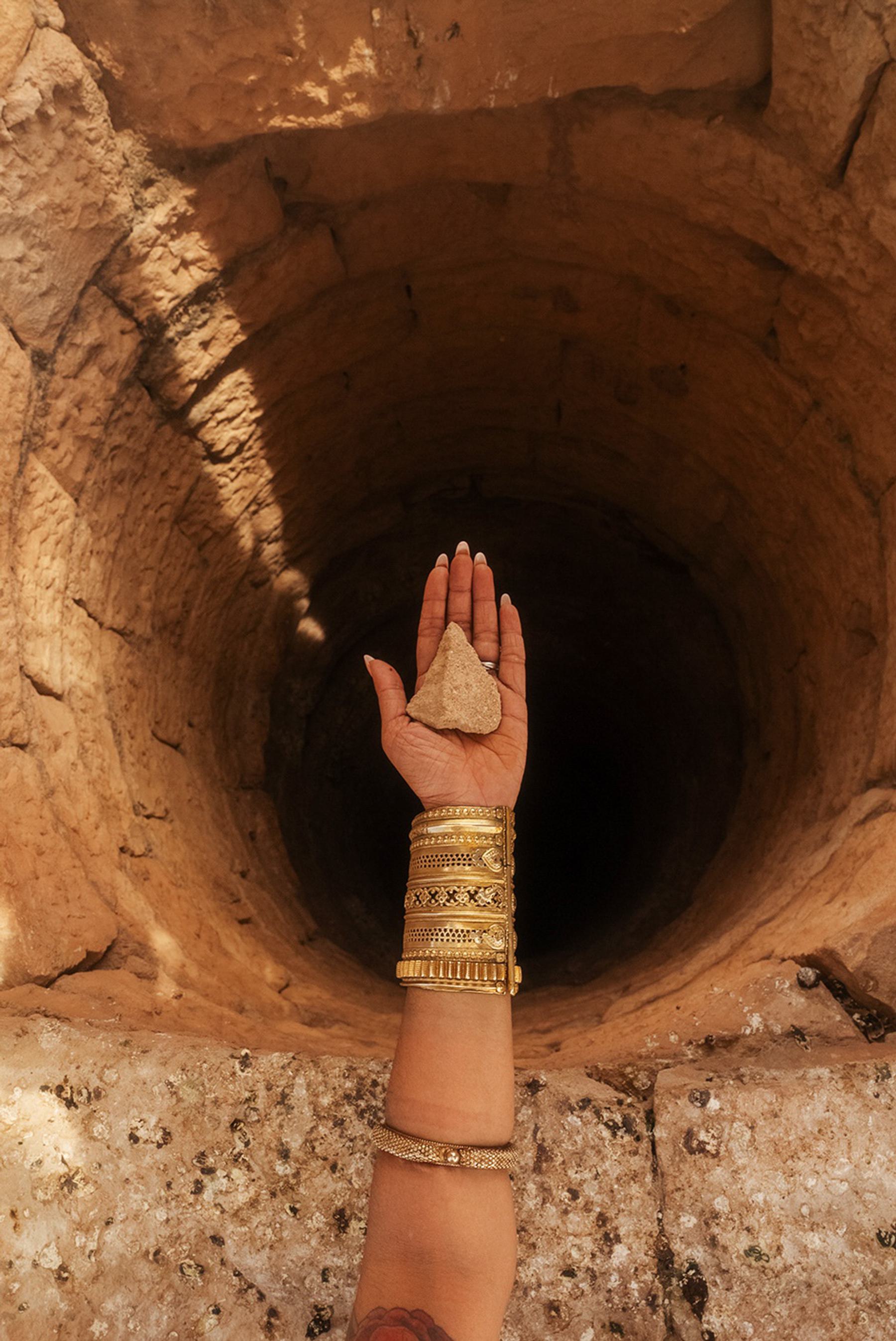
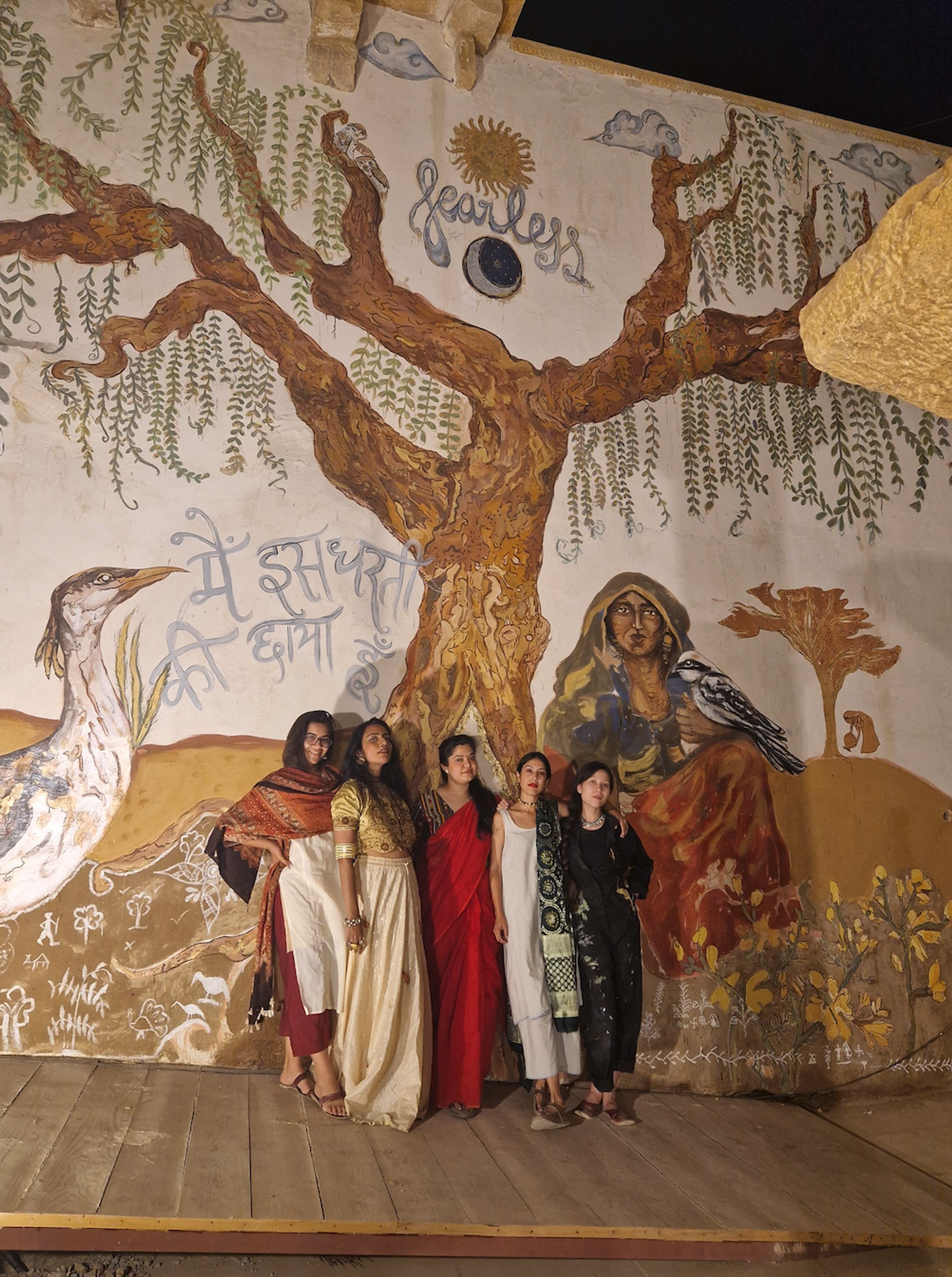
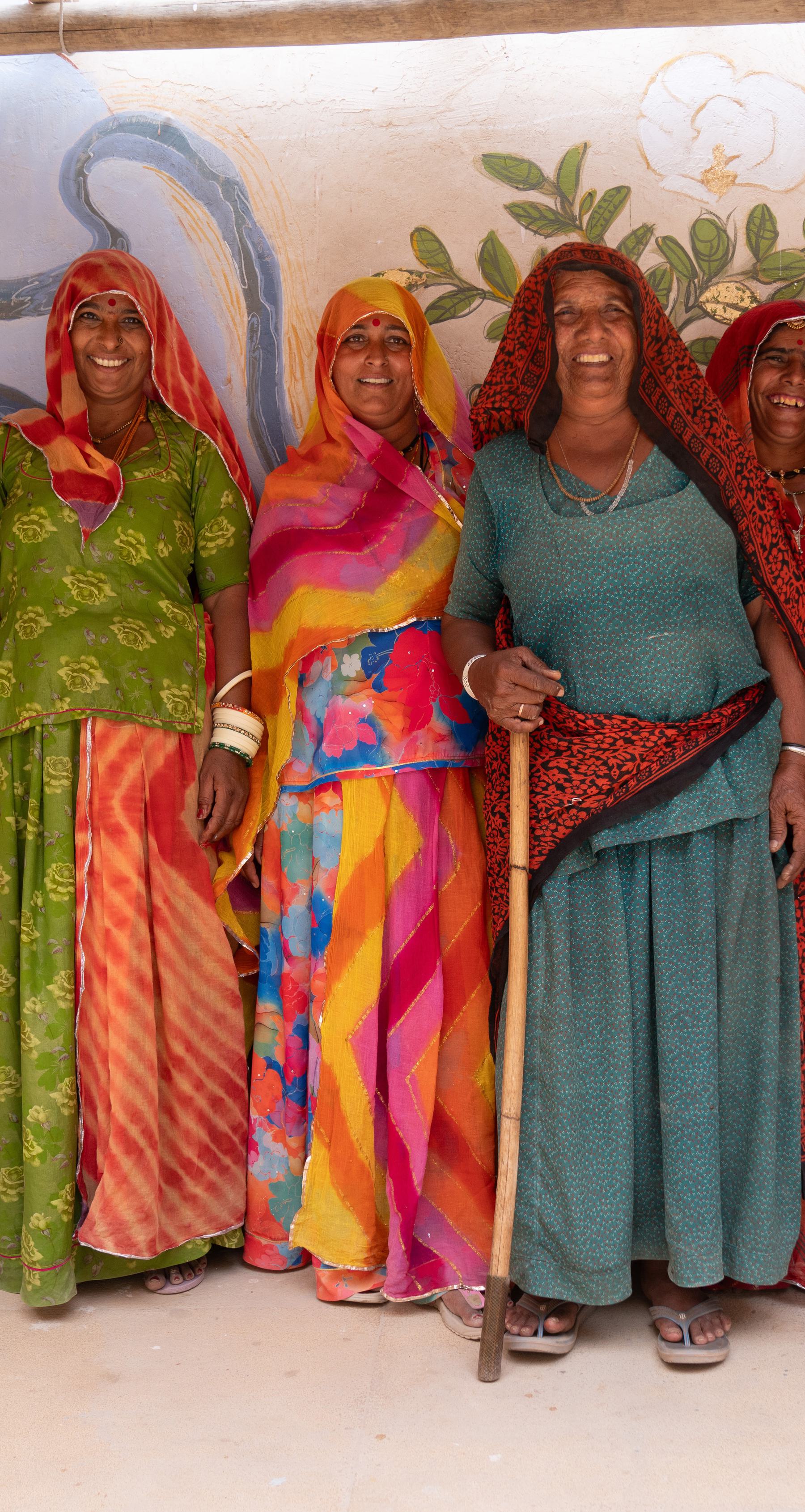
4
more wells to be restored
Waverley: How does climate fit into your work?
Suleman: [Our project] At the Root looks at the intersections between gender and the environment, and the climate crisis in particular, to reframe the narrative from doom and gloom, fear mongering—melting ice caps with polar bears sitting in the center—to reframe it from a space of love. You talk to someone who's actually standing at a petrol pump in like Bangladesh about a “just transition,” and they have no idea what you're talking about, right? Or if you talk to people who've been affected by the Pakistani flood about “loss and damage.” It's so disconnected from the realities of these communities, and so a lot of Fearless’s work is to actually work with those communities, to move through the healing of the issues of our time into a radical imagination and reclamation of what exists on the other side of the crisis.
Waverley: How did you approach collaborating with this community in Rajasthan?
Suleman: [For] the work in Rajasthan, we were talking about resource management and water management, but the narrative lens was abundance. How does one find abundance, even in the most scarce ecosystems, by reframing some of these conversations? We're able to make it accessible, but not in an oversimplified or dumbed-down kind of way, but actually accessible in a way where the nuance, the depth, the connection, the reverence, the emotional intelligence, is at the heart of it.
Once we've identified what our larger strategy around changing narratives is, then we identify different community groups, NGOs, or grassroots organizations that are already doing a lot of work around these particular issues, and then we come in as a storytelling partner, to be able to amplify their work.
Waverley: What were those traditional painting techniques that you used in the collaborative mural, and why was it important to use those traditional techniques?
Suleman: Over the last couple of years, I've made a consistent effort to move away from unsustainable ways of making art or materials that are not biodegradable. Most outdoor paint is plastic, which is horrifying to me. In Rajasthan and in places across the world, there have been huge al fresco paintings that were all made out of natural paint, and these have lasted for hundreds of years. Over the last year, with Waverley’s support, we've been running something called the Art and Ecology Lab, where we have been reviving traditional ways of painting, trying to find sustainable sources for natural pigment and learn how these paintings were made in ways that could last for centuries.
I can't describe to you how beautiful this is, because we're literally painting with crushed turquoise and lapis lazuli and malachite—precious stones or flower petals. It's quite humbling to actually be brought back literally into the land as a result of that.
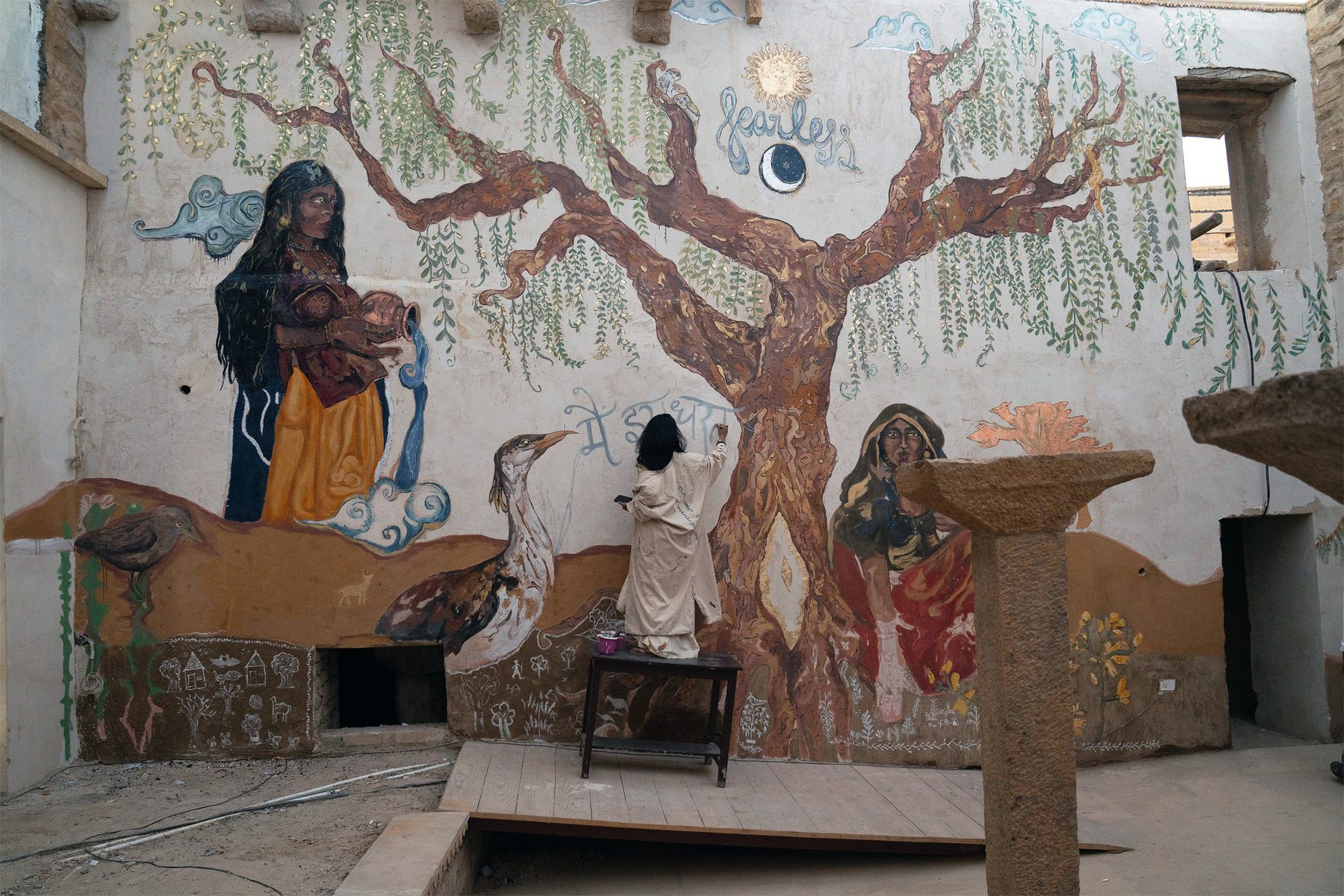
Waverley: How did the project’s impact grow out of this creative collaboration with the community?
Suleman: This community of women are the guardians of the sacred grove, right? But they are also from what are considered the lowest caste tribes in India. And then also as women, they're still very much governed by patriarchal rules within Indian society. Over the course of the week, we were able to see the same women have their portraits painted inside an 800-year-old fort, [which was] at some point owned by the Royal Family. To have the keepers of the land be painted in the fort was very French Revolution—like taking over the palace.
And then there's just nothing more magical to me than this well. Because this well has not been seen or touched in decades, right? It's an 800-year-old well, in the middle of the sacred grove and surrounded by desert on all sides. It was 53 degrees [127 degrees Fahrenheit], and all of the government water supplies had failed them. But because we had visited that well recently, it was in public memory, right? And so the women went back to the well, they pulled water out. So as a result, in a way, of painting this image into a wall, we have now brought water to over 6,000 people, 50,000 cattle, and 10 villages at the height of a historic heat wave, which, for me, feels like an act of magic.
This hopefully is now the beginning of a lot of restoration work that will happen in the deserts of Rajasthan and the revival of traditional water systems. In the process of reviving these traditional water systems and painting techniques, what we recognize is that perhaps our ancestors actually had it right.
Waverley: What inspires you in your work?
Suleman: I'm deeply inspired by the earth. The work that we're doing with At the Root right now, for me personally, is just so healing. The ability that we have to return to the land, to sit with community, to hold blocks of stone that can turn into paint, to listen to the stories of these communities, is just unbelievably beautiful.
Who would have thought that working in the climate space would be healing? I don't think fear is going to save this planet. I think wonder is; I think awe is. I think a deep reverence is, and I really hope that we can return to that space.


